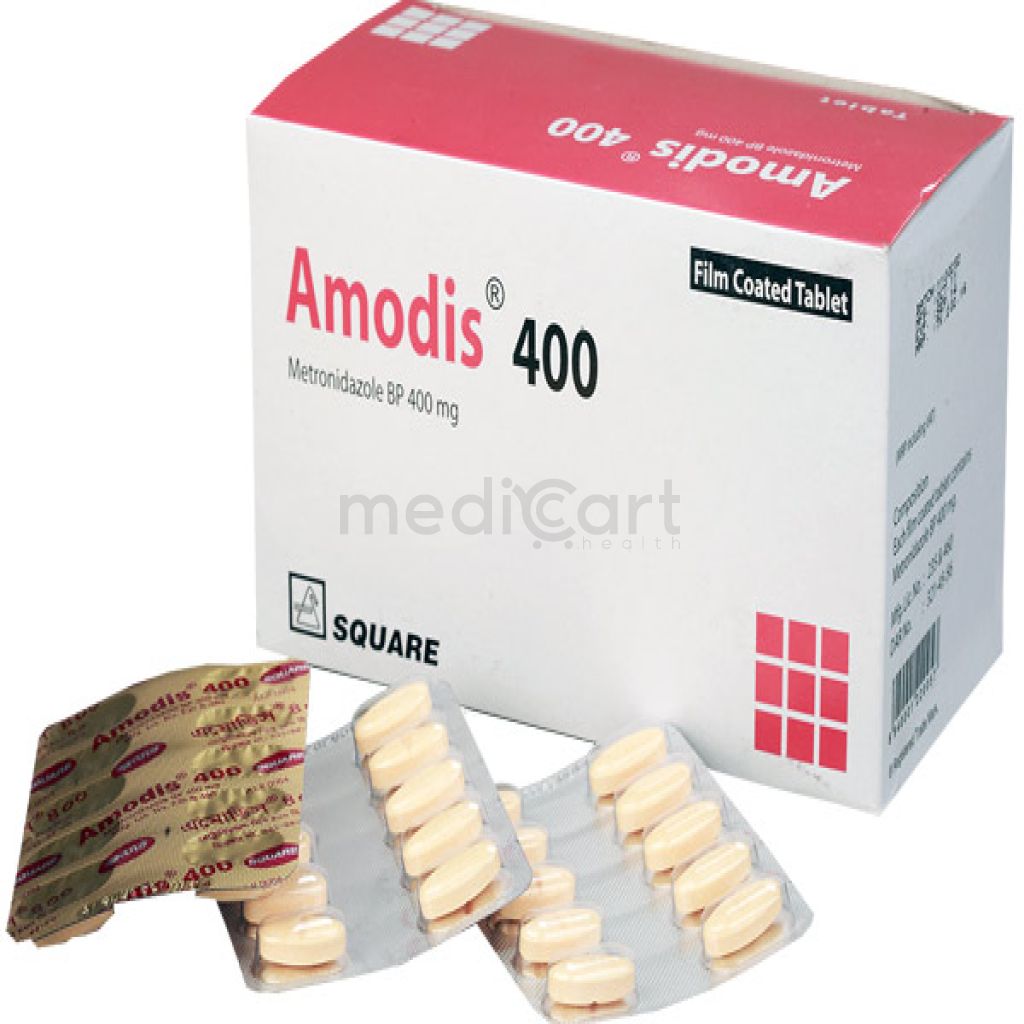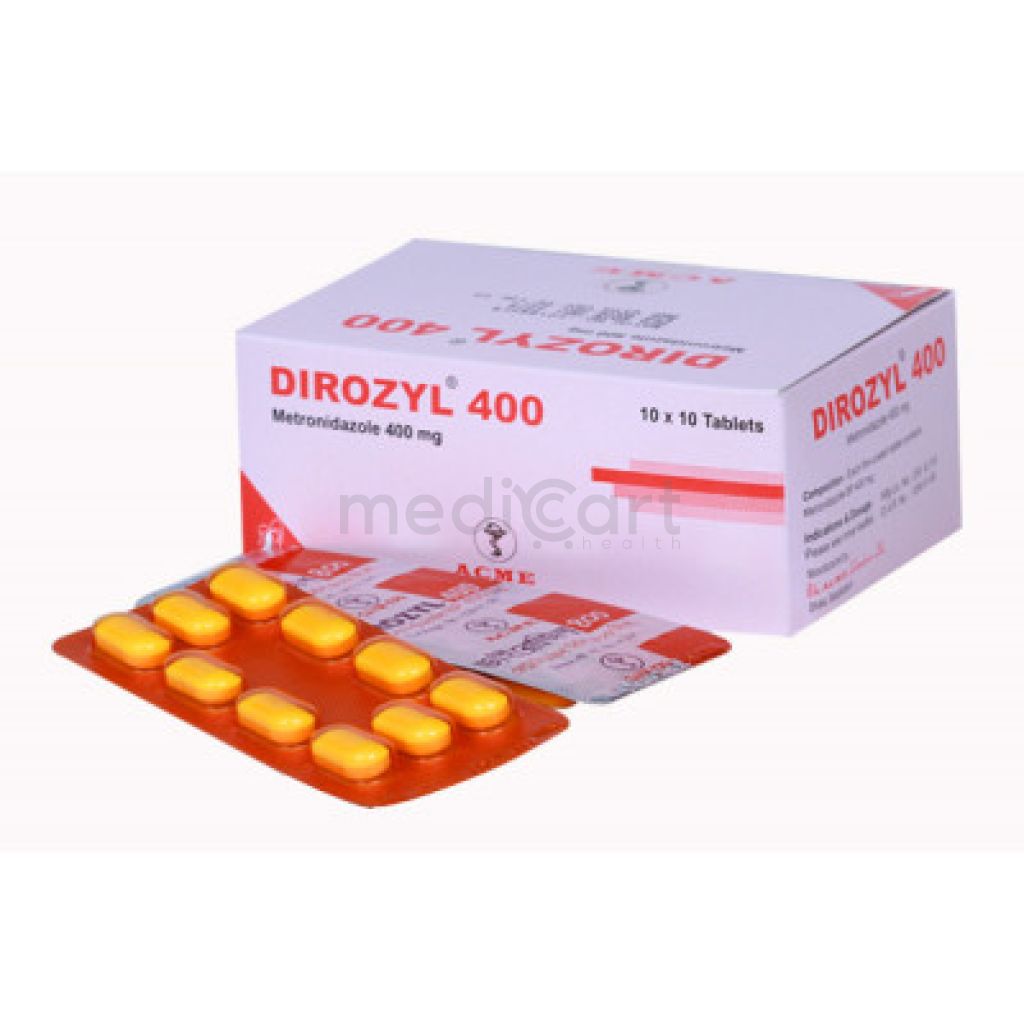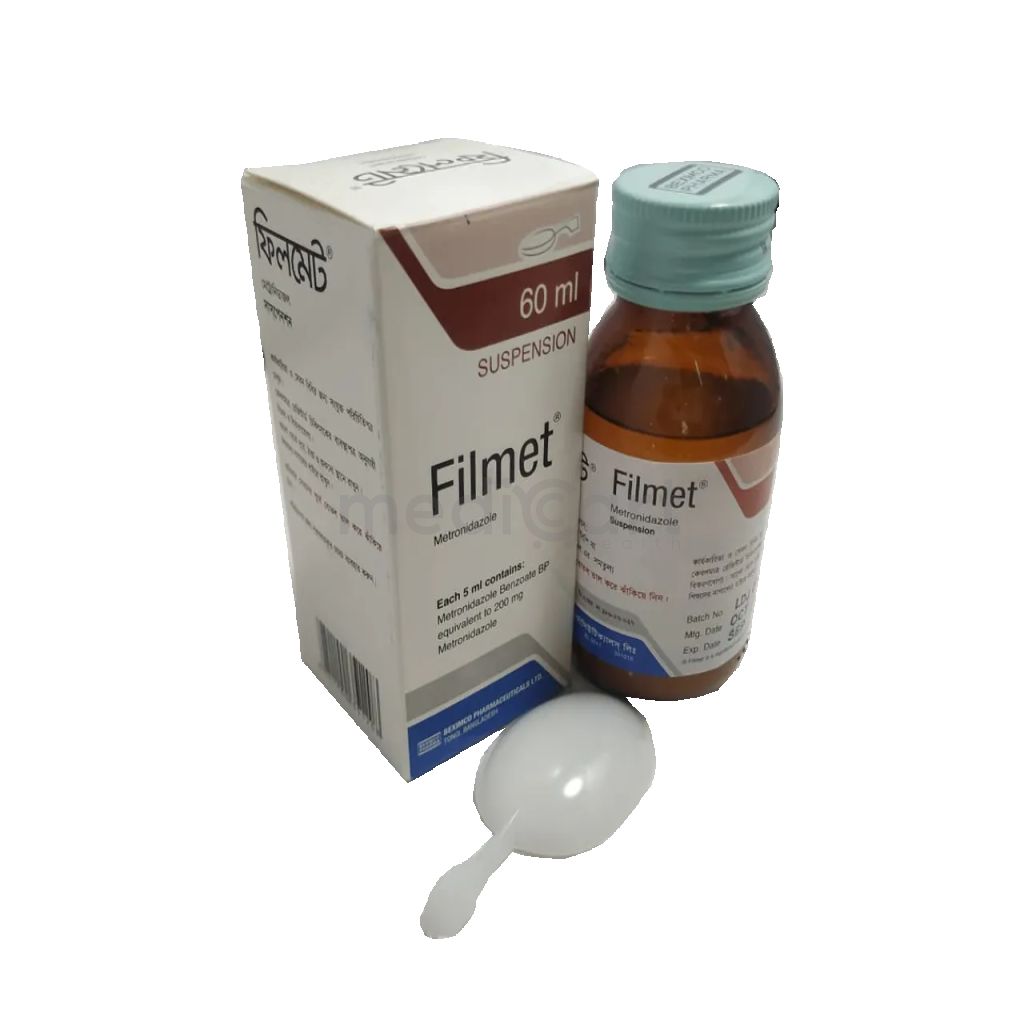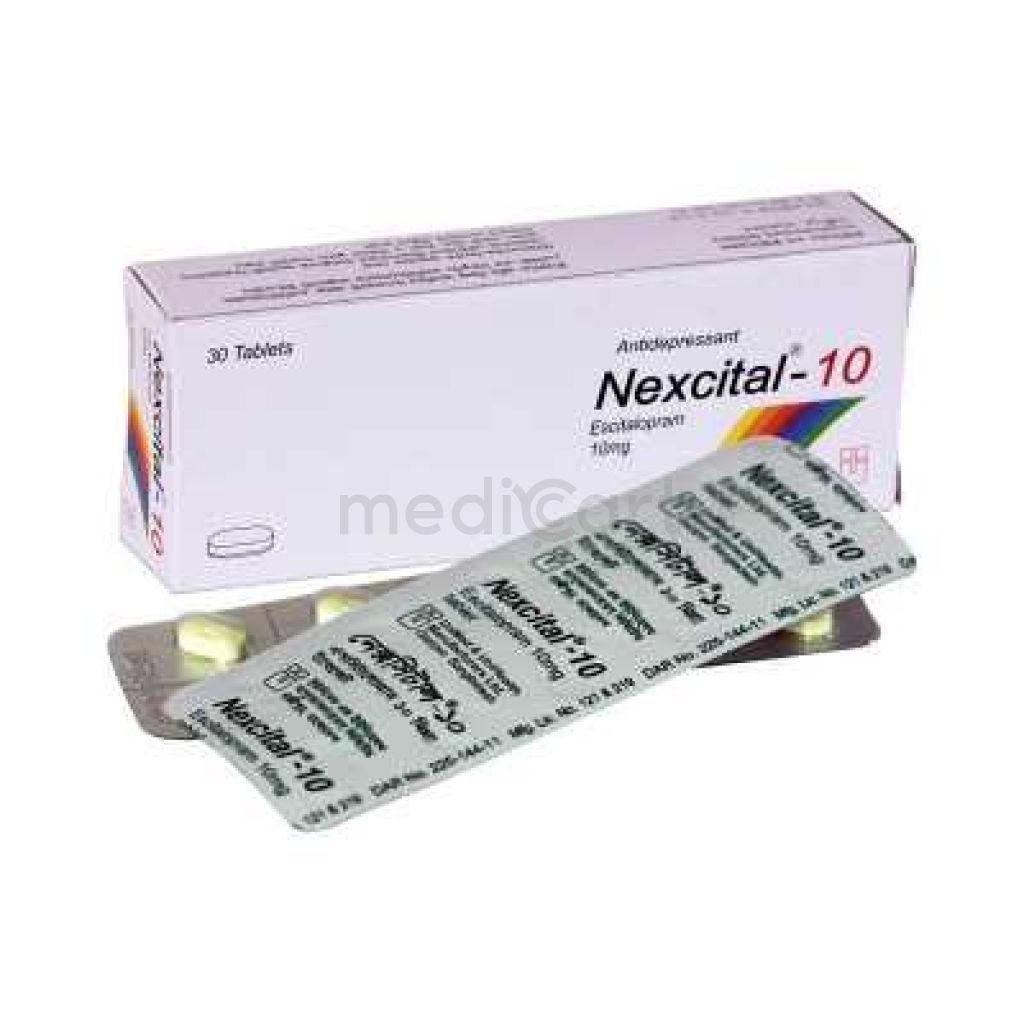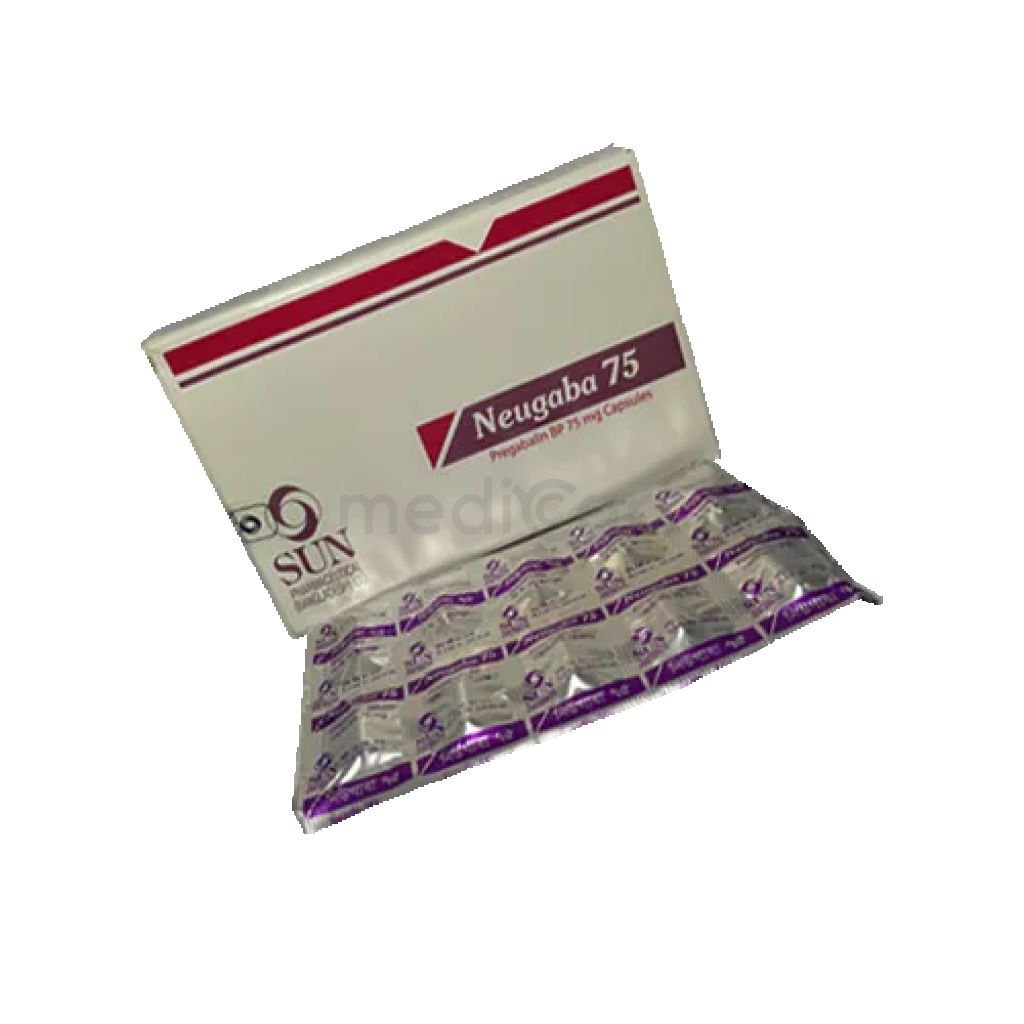

Filmet 200 mg Tab
Tablet* Delivery will be done in Dhaka city only.
Alternative Product
More Information About - Filmet 200 mg Tab
Description
Indications:
Metronidazole is prescribed to treat the following conditions:
- The prevention of anaerobic bacteria-related post-operative infections (particularly species of bacteroides and anaerobic streptococci).
- Treatment of anaerobe-caused septicaemia, bacteremia, peritonitis, brain abscess, pelvic abscess, pelvic cellulitis, and post-operative wound infections.
- In the treatment of trichomoniasis of the urogenital tract.
- Bacterial vaginosis is a kind of bacterial vaginosis (also known as non-specific vaginitis).
- Amoebiasis in any kind (intestinal, extra-intestinal disease and that of symptomless cyst passers).
- Giardiasis.
- Acute gingivitis with ulcers.
- Leg ulcers and pressure sores that are anaerobically infected.
- Anaerobic microbes cause acute dental infections.
- Pseudomembranus colitis caused by antibiotics.
Pharmacology:
Metronidazole is an antibacterial medication that belongs to the imidazole class and is used as an antiprotozoal agent. Anaerobes decrease the 5-nitro group of Metronidazole metabolically. Metronidazole's bactericidal activity is due to the reduced form of the antibiotic interacting with DNA, according to studies.
Dosage (breakdown or, not) :
Adult:
- 200 mg tid or 400 mg bid for 7 days
- 800 mg in the morning and 1-2 gm at night for 2 days
- 2 gm as a single dose for 1 days
Child:
- Children 7-10 yrs: 100 mg tid
- Children 3-7 yrs: 100 mg bid
- Children 1-3 yrs: 50 mg tid
Interaction:
- Disulfiram: Patients using metronidazole and disulfiram at the same time have experienced psychotic responses.
- Because of the risk of a disulfiram-like (antabuse effect) reaction, alcoholic beverages and medications containing alcohol should be avoided during therapy and for at least one day following (flushing, vomiting, tachycardia). Warfarin-type oral anticoagulant therapy: Reduced hepatic catabolism causes potentiation of the anticoagulant action and increased hemorrhagic risk. During metronidazole medication, prothrombin time should be evaluated more regularly and anticoagulant therapy altered if co-administration is used. Metronidazole can raise lithium levels in the bloodstream.
- When co-administration of cyclosporin and creatinine is required, serum cyclosporin and serum creatinine should be regularly monitored.
- Metronidazole elimination is accelerated with phenytoin or phenobarbital, resulting in lower plasma levels.
- 5-Fluorouracil: A decrease in 5-fluorouracil clearance leads to an increase in 5-fluorouracil toxicity.
- Busulfan: Metronidazole can raise busulfan levels in the blood, resulting in severe busulfan toxicity.
Contraindications:
Patients having a history of hypersensitivity to Metronidazole or other Nitroimidazole derivatives should avoid taking it.
Side Effects:
During treatment, metallic taste, nausea, vomiting, diarrhoea, sleepiness, and rashes may occur.
Pregnancy:
Metronidazole is classified as a pregnancy category B by the US Food and Drug Administration. However, no suitable and well-controlled studies in pregnant women have been conducted. Because animal reproduction studies do not always predict human response, this medication should only be used during pregnancy if absolutely necessary. Human milk has been found to contain metronidazole. When Metronidazole is given to a breastfeeding mother, caution should be observed.
Precautions & Warnings:
- If metronidazole must be given for a longer period of time than is generally indicated, it is recommended that hematological tests, particularly leucocyte counts, be performed on a regular basis and that patients be watched for adverse responses such as peripheral or central neuropathy (such as paresthesia, ataxia, dizziness, convulsive seizures).
- Patients with hepatic encephalopathy should be given metronidazole with caution.
- Metronidazole might cause urine to discolor, thus patients should be cautioned.
Storage Conditions
Store below 30°C. Keep protected from light. Keep medicines out of the reach of children. Do not use later than the date of expiry.
Disclaimer
The information provided herein are for informational purposes only and not intended to be a substitute for professional medical advice, diagnosis, or treatment. Please note that this information should not be treated as a replacement for physical medical consultation or advice. Great effort has been placed to provide accurate and comprehensive data. However, Medicart along with its authors and editors make no representations or warranties and specifically disclaim all liability for any medical information provided on the site. The absence of any information and/or warning to any drug shall not be considered and assumed as an implied assurance of the Company.


